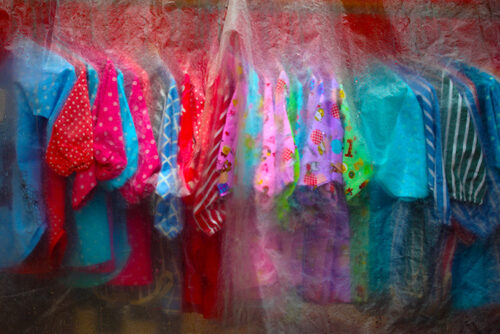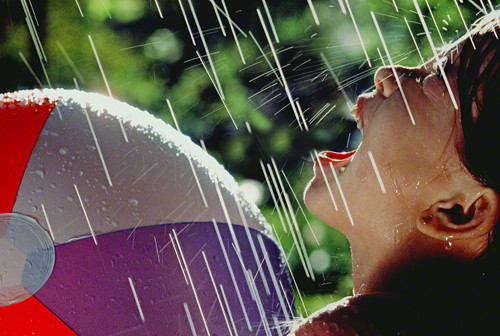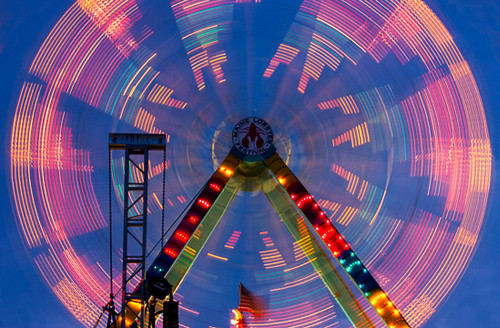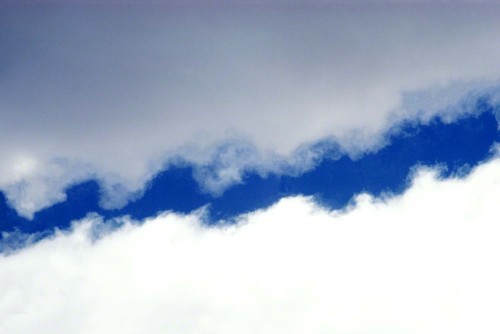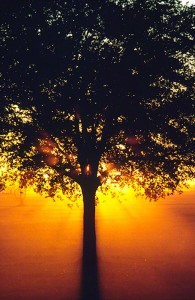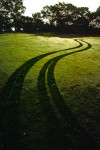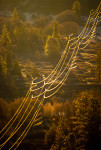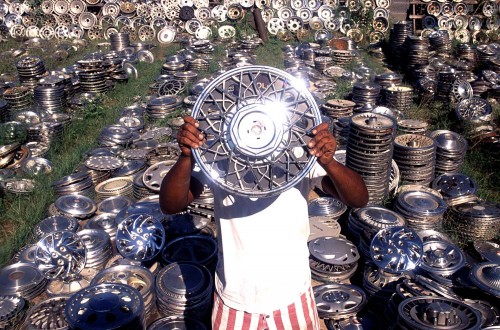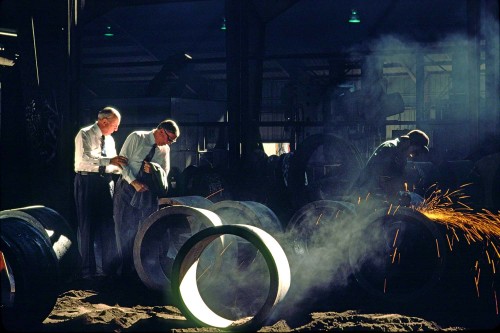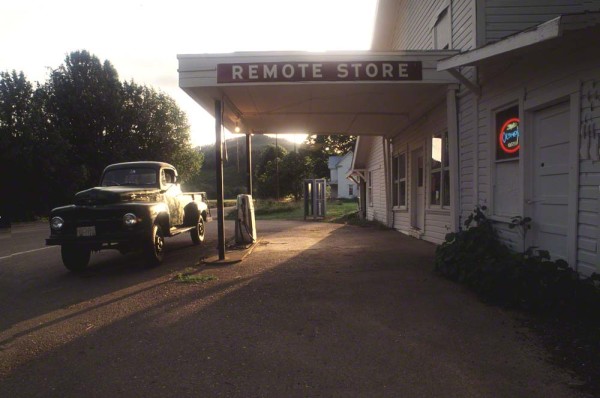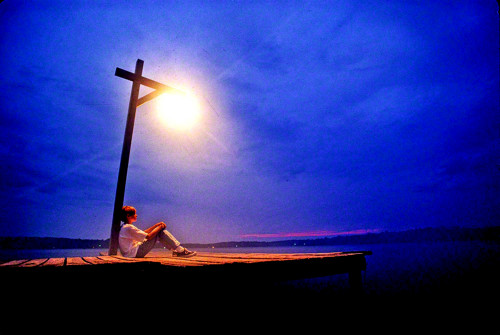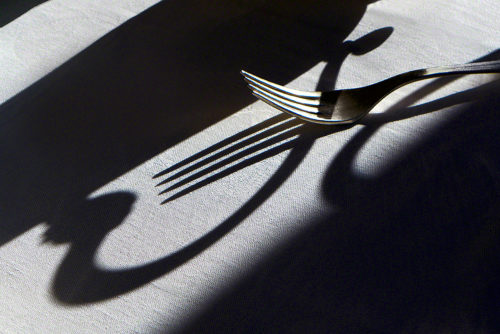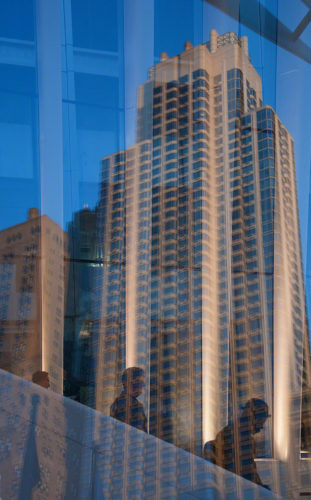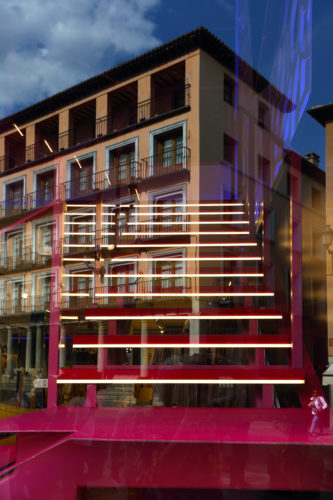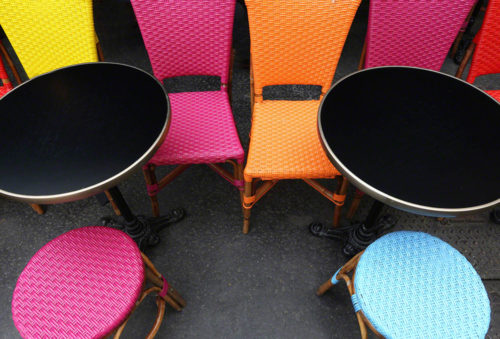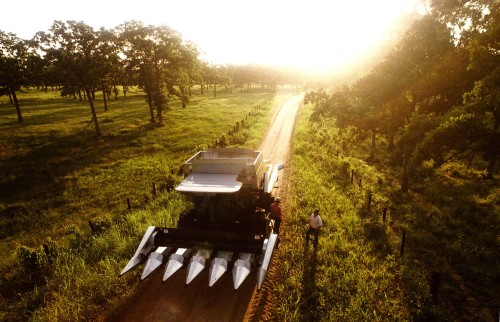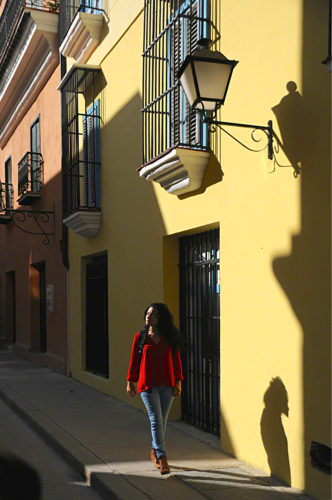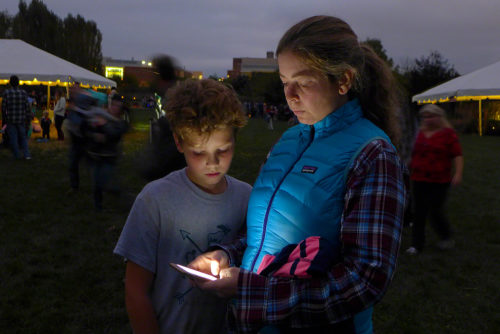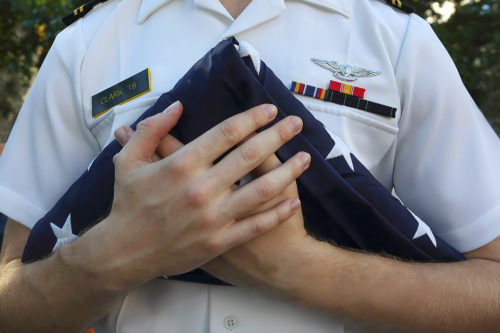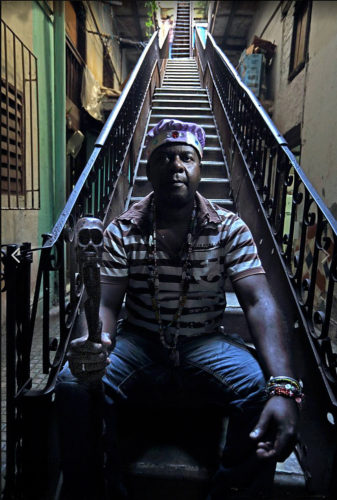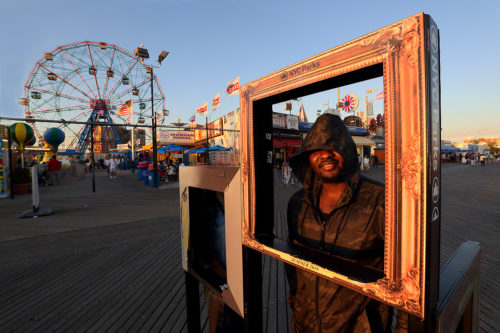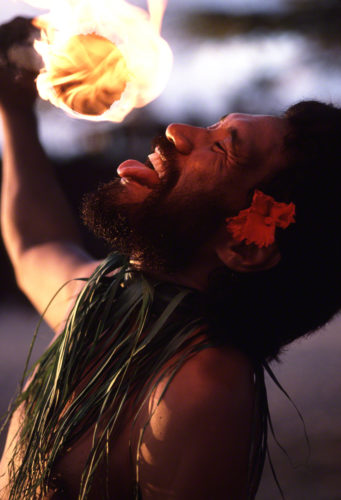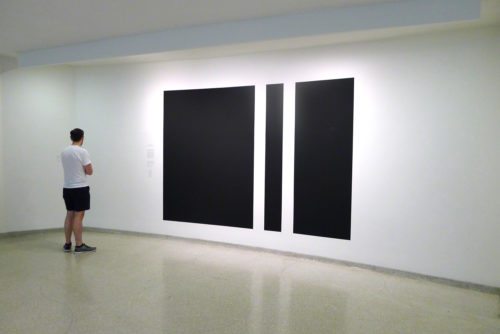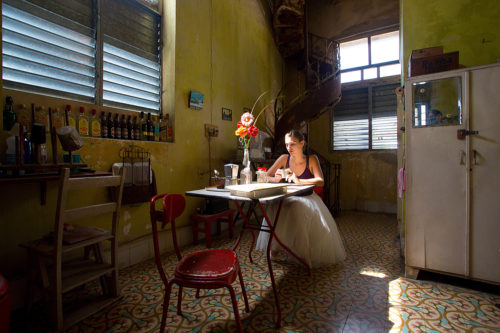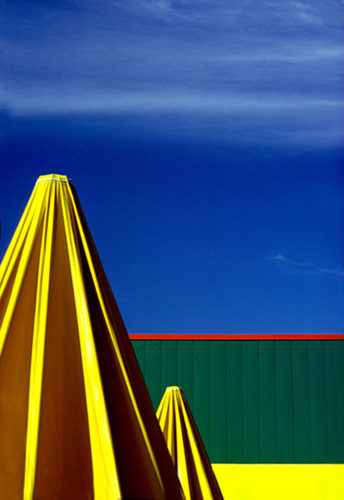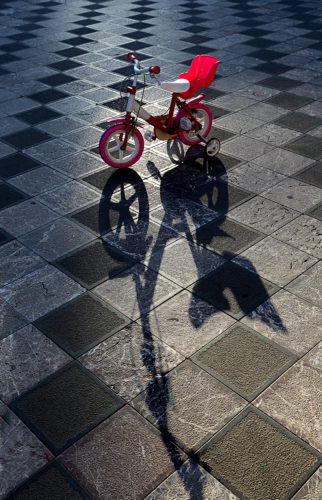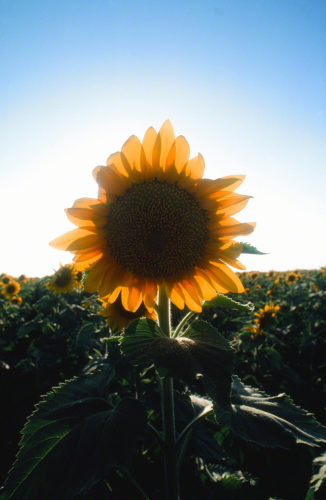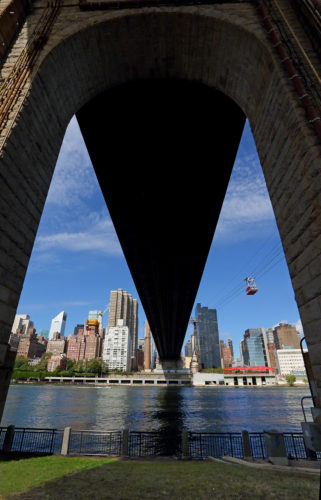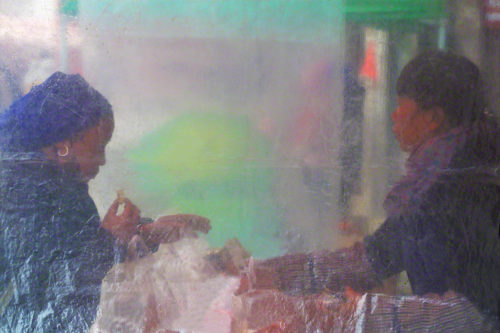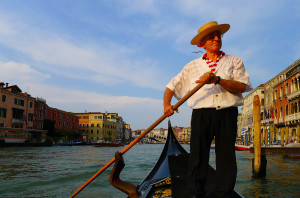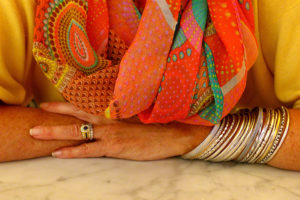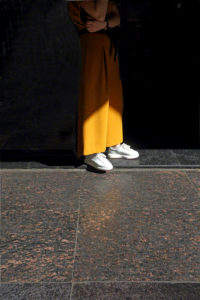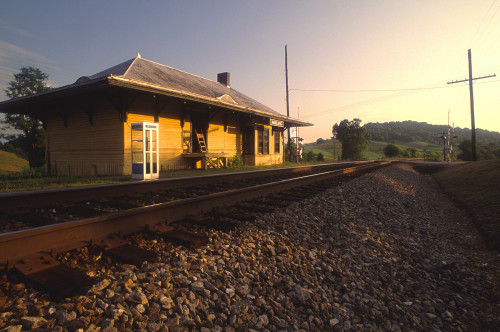
I knew where to stand, when to stand there, and how long I had standing there.
Here’s a quote that I absolutely relate to, and in one form or another I’ve been preaching it to my online class with the BPSOP and my “Stretching Your Frame of Mind” workshops that I conduct around our planet for as long as I can remember. It was said by one of my all-time favorite photographers Ansel Adams. He once said, “A good photograph is knowing where to stand”.
One of the most common mistakes I see is when one of my fellow photographers is at a location, walks up to an object or a subject, takes the camera that’s dangling around his/her neck, and starts shooting. Oblivious to where the light is coming from, and the environment surrounding said object or subject.
Now I’m not saying that you can’t walk away with a good photo, I’m saying that the chances of walking away with a REALLY good photo greatly diminishes. If a good photo is enough to satisfy you, then I say to each his own and more power to you. If you’re looking to improve your chances of going home proud to have taken one of the best photos ever, then I suggest you adhere to a few steps that have been my line of thought for nearly fifty years of shooting.
First of all, and the most important step is knowing in what direction the light is coming from. Is your subject one that will look better if it’s side lit? Perhaps to show off the texture? Is part of your subject translucent where backlight will make it glow? Do you want it to be a silhouette? Do you want to emphasize the shadows? These are all possibilities that are front and center in my thought process.
Let me digress for a moment and interject this thought: If I’m walking around some city street looking to capture a moment in time, then that moment can transcend directional light; but to me, that’s the only time.
“In a perfect world” is a personal pearl of wisdom I mention from time to time. In this scenario, I’m talking about being able to scout a location before you actually go and shoot to determine where the light is coming from. If you’re like me, you like to shoot at sunrise and sunset when the sun is low on the horizon…the golden hour.
The last thing I would ever want to happen is to be at a location at sunrise when I should have been there at sunset, and vice-versa; or at a location that doesn’t get early morning light until mid-morning. Conversely, a location that loses the late afternoon light well before it’s time for me to start shooting.
For as long as this old mind can remember, I’ve been feeding in the latitude and longitude of any place in the world to find out where on the horizon the sun will rise or set. Based on those readings, I use a hand-bearing compass called a Morin2000. This enables me to know exactly where the sun will come up and go down. If I’m able to scout the location ahead of time, I’ll know where to stand, when to stand there, and how long I have to stand there.
If scouting is not possible, I at least walk around and look for places to stand...in relation to the source of the light. Do I want to sidelight, backlight, or occasionally front light? After I make that decision, I can begin arranging the elements that will be in my final composition.
As far as the environment that surrounds my subject is concerned, I want to make sure it’s in sync. In other words, the relationship between the subject and what’s around it is of equal importance; especially the negative space that’s between them…defining them. I call it taking care of “the whole enchilada”.
The photo above was part of an advertising campaign for Pacific Bell where we went to four small towns (actual places) and set up a phone booth and photographed it. We arrived in Nameless, Tennessee the day before to scout the location, decide when to shoot it and where to put the phone booth. Without prior knowledge, this photo could not have been set up before the sun came up and taken moments after sunrise. It felt right!
Visit my website at: www.joebaraban.com, and check out my workshop schedule at the top of this blog. Come shoot with me sometime.
JoeB
